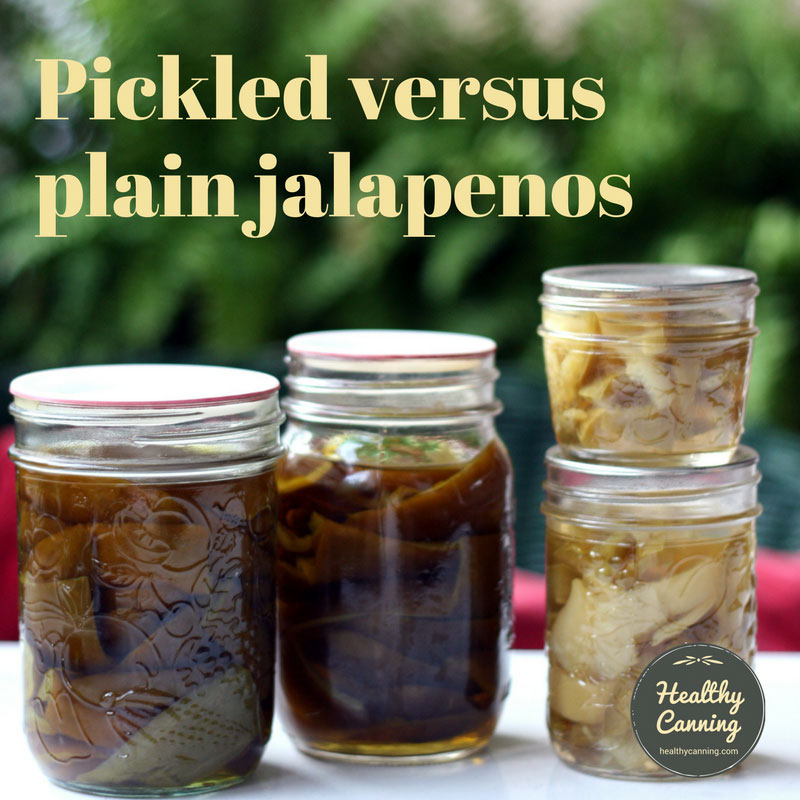 Jalapeno peppers: plain versus pickled - Healthy Canning
Jalapeno peppers: plain versus pickled - Healthy CanningNutrition7 Surprising Jalapeños Health Benefits The jalapeños are hot peppers from the hot pepper family. They are small, green or red in color and moderately spicy. Jalapeños are commonly used in Mexican but popular cuisine around the world. They are also full of nutrients and have many health benefits. This article reviews the benefits of eating jalapenos, analyzes their possible side effects and suggests ways to add them to your diet. Jalapeños are low in calories and full of vitamins, minerals, fiber and antioxidants. A raw jalapeño contains the following (): Like most fruits and vegetables, jalapeno peppers are a good source of . A pepper provides 2% of the RDI for a person who consumes 2,000 calories a day. Jalapeños also contain a lot of vitamin C and vitamin B6. Vitamin C is an antioxidant that fights against free radical damage and keeps your skin healthy and firm, while vitamin B6 is an essential nutrient involved in more than 140 bodily reactions (, , , ).One of the most unique compounds in jalapeños is capsaicin, an alkaloid that gives peppers its spicy characteristic and is responsible for many of its health benefits. Abstract Jalapeños are low in calories and a good source of fiber, vitamin C and vitamin B6. They also contain a compound called capsaicin, which gives them their spice. Jalapenos are low in calories and a good source of fiber, vitamin C and vitamin B6. They also contain a compound called capsaicin, which gives them their spice. The jalapeños can help you lose weight per , increasing fat burn and reducing your appetite (). Several studies have found that capsaicin and other similar compounds called capsaicinoids can increase metabolism by 4–5% a day, which could facilitate weight loss (, ).In addition to increasing metabolism, capsaicinoid supplements have been shown to reduce abdominal fat and appetite so that people eat 50–75 less calories a day (, , ).All these factors help to explain why they are promising. Resumen Research suggests that jalapeños and other spicy peppers can promote weight loss by increasing metabolism, increasing fat burn and reducing appetite. Research suggests that jalapenos and other spicy peppers can promote weight loss by increasing metabolism, increasing fat burn and reducing appetite. Laboratory studies have shown that capsaicin has strong anticancer properties and is able to kill more than 40 types of cancer cells without damaging normal cells (, , ).Capsaicin fights cancer for (, , , , ):However, human studies have not replicated the anticancer benefits found in laboratory studies. In fact, several human studies have found that eating chili regularly is linked to a higher risk of cancer. However, not all studies have shown this connection (, , , ).It also seems that the dose matters. Although the high doses of capsaicin seem to slow the spread of cancer, the low doses may encourage the spread (). More studies are needed to determine how capsaicin and chiles influence the risk of cancer in humans. Abstract Preliminary studies suggest that capsaicin can help fight cancer at high doses, but more research is needed to determine whether this is true in humans. Preliminary studies suggest that capsaicin can help fight cancer at high doses, but more research is needed to determine whether this is true in humans. Capsaicin is an effective painkiller when used externally (). It calms the pain by temporarily blocking pain receptors in the area where it is applied. At first, you can feel a burning sensation, followed by numbness and a lack of pain (). The lotions and patches of capsaicin are often used to relieve pain caused by the musle virus, diabetic nervous pain and chronic muscle pain and joint (, , , ).In a study, older adults with rheumatoid arthritis experienced a 57% reduction of pain after applying a capsaicin cream to their joints. This was significantly more effective than placebo cream (). In addition to applying capsaicin to the skin, it can be used as a nasal spray to relieve migraine pain (, ).While lotions and aerosols containing capsaicin can be effective to treat pain, it is unclear whether eating jalapenos or applying them to the skin has the same effect. Abstract Capsaicin-containing products can help relieve pain when used topically, but it is unknown if the jalapeno peppers have similar effects. Capsaicin-containing products can help relieve pain when used topically, but it is unknown if jalapeno peppers have similar effects. Stomacal ulcers can be caused by several factors, including (): Although it is commonly believed that spicy foods such as jalapeños can cause or aggravate stomach ulcers, the research has shown that this is false (). In fact, chili capsaicin can protect the stomach from developing ulcers in the first place. It may have this effect by reducing stomach inflammation in people with H. pylori and even helping to eliminate the infection. However, it is not clear whether the amount of capsaicin in jalapeños is large enough to have this effect (, , ).Chiles can also help reduce stomach damage caused by the excessive use of NSAID analgesics and alcohol, which could prevent the formation of ulcers from the beginning (, ). Although it is commonly believed that spicy foods can aggravate stomach ulcers, research suggests that capsaicin can protect the stomach from ulcers. Although it is commonly believed that spicy foods can aggravate stomach ulcers, research suggests that capsaicin can protect the stomach from ulcers. Spice and herbs have been used for a long time in the kitchen to help prevent the dispossession and poisoning of food (). Compounds found in spicy peppers are especially powerful to slow the growth of common bacteria and yeasts transmitted by foods (, , ).Chile extracts can even prevent cholera bacteria from producing toxins, which could reduce the impact of this food-borne mortal disease (). Beyond food poisoning, new research suggests that capsaicin can help prevent other types of infections, such as the throat of streptococcal, the decay of bacterial teeth and chlamydia (, , , , ).However, it is important to note that all these studies used chili extracts, not integers, and were performed in test tubes, not humans. These early studies suggest that chiles may have strong antimicrobial properties, and future research is being conducted to determine whether they can be used as natural preservatives or medications. Abstract Jalapeños and other spicy chilis contain compounds that can prevent the growth of harmful bacteria and yeasts that cause infectious diseases. Jalapeños and other spicy chilis contain compounds that can prevent the growth of harmful bacteria and yeasts that cause infectious diseases. Some of the major risk factors for heart disease include diabetes, high cholesterol, and high blood pressure. Capsaicin can help reduce the impact of these factors and can help keep your heart healthy (, ). Eat 5 grams of chilies before a high carbohydrate meal has been shown to help stabilize blood sugars and that occur after meals (, ). Caffeine has also shown that cholesterol and lipid levels in animals have not been studied in humans (, ). In general, preliminary research suggests that châsaicin and chili peppers can be beneficial to heart health, but more human studies are needed. Summary It has been found that capsaicin and chilies have beneficial effects on sugars in blood, cholesterol and blood pressure, but more human research is needed. It has been found that capsaicin and chilies have beneficial effects on blood sugars, cholesterol and blood pressure, but more human research is needed. While eating jalapenos is associated with many promising health benefits, there are also some potential side effects. The most common side effect is a sense of temporary burning of the mouth after eating. Depending on the chili itching, this reaction may vary from mild to severe. For people with low tolerance for spicy foods, there are some precautions that can reduce reactions to jalapenos (, ): At least one study has found that capsaicin can worsen acidity, so those who have reflux may want to avoid jalapenos if they trigger symptoms (). People with may also experience unpleasant symptoms after eating spicy chilis, especially if they are not a regular part of their diet. Common side effects include abdominal pain, burning, cramping, and diarrhea (, , ).In addition, dry peppers and spices can be contaminated with aflatoxin, a type of mold that grows in certain foods in certain conditions. The selection of irradiated spices can help reduce your exposure (, ). The most common side effect of eating jalapeños is a sense of temporary burning of the mouth, but simple steps can be taken to reduce it. Those with acidity, IBS or aflatoxin sensitivity may want to avoid chilies to avoid symptoms. The most common side effect of eating jalapeños is a sense of temporary burning of the mouth, but simple steps can be taken to reduce it. Those with acidity, IBS or aflatoxin sensitivity may want to avoid chilies to avoid symptoms. The jalapeños can be eaten raw, cooked, smoked (also known as chipotle peppers), dried and even powdered. Research shows that there is little or no loss of capsaicinoids during the drying process and only a moderate reduction of smoking or picking up, so it can be beneficial to consume jalapenos in all its forms (, ). According to estimates, the average person living in the United States or Europe consumes approximately 1.5 mg of capsaicinoids a day. Capsaicinoid consumption is much higher (between 25 and 200 mg per day) in countries such as India, Thailand and Mexico, where chilis cuisine is more common (). Research shows that people who regularly eat chiles have a risk of death of 12% less of any cause, even when they control for other factors, so it can be beneficial for people to add more spicy peppers to their diets (). In general, the most spicy pepper, the more promotive capsaicin for the health it contains, but the most recent research also indicates a health benefit for non-spicy capsaicinoid compounds (). Abstract The jalapeños can be eaten in several ways, including raw, cooked, smoked (also known as chipotle peppers), dry and even powdered. The jalapeños can be eaten in various ways, including raw, cooked, smoked (also known as chipotle peppers), dried and even powdered. The jalapeños are a versatile and nutritious fruit that can be enjoyed in various ways. They contain capsaicin, a compound that probably represents many of its health benefits, including weight loss, pain relief, heart health improvement and lower ulcer risk. Although they are safe for most, they can cause a temporary burning sensation of the mouth and uncomfortable side effects in some. If you enjoy spicy foods and do not experience any side effects, jalapenos can be a healthy addition to your diet. Read this now.
Food & Recipes Home Health benefits of jalapenos In this article If you like your meals on the spicy side, you are in good company. People have been savoring their food with jalapeños (ha-la-PEEN-yos) for about 6,000 years. Originally from Mexico and a staple in the kitchen of that country, today these strong also grow in California and throughout the Southwest American. Most jalapenos are deep green and grow to about 2 to 3 inches long. Some become red, purple, or other living colors after ripening. Some are more spicy than others. You can buy them fresh and complete in the product section or canned, sliced or sliced in the corridors of the supermarket. In any way that the slices, these little firecrackers are exploiting with health benefits. Variety is the essence of life There are dozens of varieties of jalapeños. Some of the most common include: Chipotles secan, smoked jalapeños. Nutrients by Service A raw jalapeño has: Health benefits Jalapeños are rich in A and C and . They also have -- one that can help combat damage to their cells - as well as folates, and vitamins B. Many of its health benefits come from a compound called . That's what makes peppers sting. Longer Life A study shows that people who ate hot peppers several times a week were 13% less likely to die during the 19-year study than those who ate few peppers without. Researchers believe that the role of capsaicin in promoting flow and prevention can contribute. Pain ReliefCapsaicin is a natural relief, but only when it puts it directly in its . That doesn't mean you should rub with jalapenos. Anyone who did that knows it's burning. If you want the pain relief effects of capsaicin, you will need to use creams, ointments, or patches that have things. You could use the capsaicin if you're hurting, and nervous problems. Weight Loss and Blood Sugar Control You may have heard that spicy food helps you lower extra pounds. While peppers are not a silver bullet to slide, studies show that eating them regularly can accelerate, help burn fat, and slow their appetite. Eating chili before a high carbohydrate meal can also help prevent . Safety warnings Contaminated jalapenos have caused outbreaks of disease, including. It is important to wash all products before eating it. Talk to your doctor if you are or have a problem with your , defending your body against germs. Some research shows that limping capsaicin may get worse and cause problems for people with. You may want to avoid jalapenos if you have a condition. How to prepare, eat and save the gloves Use when cutting the jalapeños. The capsaicin, which is mostly inside the pepper, is difficult to wash your hands and can burn and irritate your , , and nose if you touch them after touching a jalapeño. Continuation If the jalapeños cut in salt water are soaked at least half an hour before eating or cooking, lower part of the itching. Fresh jalapeños will last up to 3 weeks if wrapped in paper towel and stored in your refrigerator. Sources SOURCES:Science: "Starch fossils and the domestication and dispersal of chili peppers (Capsicum spp. L.) in the Americas."Adrienne Youdim, MD, associate clinical professor of medicine, UCLA David Geffen School of Medicine. Harvard University, Graduate School of Arts and Sciences: "The Complicated Evolutionary History of Spicy Chili Peppers." Harvard Medical School/Harvard Health Letter: "Hot Stuff is right." World crops: "Jalapeño Pepper / Capsicum Annum." Food Source Information, Colorado Integrated Food Safety Center of Excellence: "Jalapeno Peppers". Texas AMBM agrilife extension: "Jalapeno Peppers". Food Sense, Utah State University Cooperative Extension: "Jalapeño Peppers". U.S. Department of Agriculture, National Nutrient Data Base: "Peppers, jalapeño, crudo". Journal of Dairy Science: "Jalapeno Pepper Pungency as a Quality Control Factor for Process Cheese." International surgical neurology: "Natural anti-inflammatory agents for pain relief." PLOS One: "The Consumption and Mortality Association of Hot Red Pepper: A Population-Based Cohorts Study." Lancet Neurology: "NGX-4010, a high concentration Capsaicin patch, for the treatment of postherpetic neuralgia: a randomized and double-blind study." Journal of the Medical Association of Thailand: "Effect of chili pepper (Capsicum frutescens) ingestion on plasma glucose response and metabolic rate in Thai women." Apetito: "Capsaicinoids and capsinoids. A potential role for weight management? A systematic review of evidence." International Journal of Obesity: "Thermogenic Ingredients and Body Weight Regulation." Journal of Nutrition Science and Vitaminology: "The effects of yellow curry sauce that contains capsaicin on the activity of the sympathetic nervous system and thermogenesis induced by the diet in young wizards and obese women." CDC: "Investigation of the rupture of infections caused by Salmonella Saintpaul." Neurogastroenterology & Motility: "Chili effects on postprandial gastrointestinal symptoms in irritable bowel syndrome of predominant diarrhea: evidence of visceral hypersensitivity sensitive to causaycin." Food Pharmacology " Therapeutic: "The effects of capsaicin on reflux, gastric emptied and dyspepsia." Pagination Top Picksfurther readingToday on WebMDProtein Myths " Facts Test your knowledge. Truth About Vitamin DWonder Pill or Overkill? The worst restaurant Meals Avoid these fattening options. Healthy eating secrets How to change your habits. Recommended for YouIs Wheatgrass Good for you? Vegetarian & Vegan Explained DietsConditions: Dress up your foodFood and FaithTruth About seafood What's in your food? What is a gluten-free diet? Truth About Sugar Learning Fat-Fighting25 FeaturesLow-levelFeedingHigh-productivity FeedingCarsTools & ResourcesHealth SolutionsMore WebMD Policies About WebMD Network Our applications For advertisers © 2005 - 2021 WebMD LLC. All rights reserved. DMA does not provide medical advice, diagnosis or treatment.
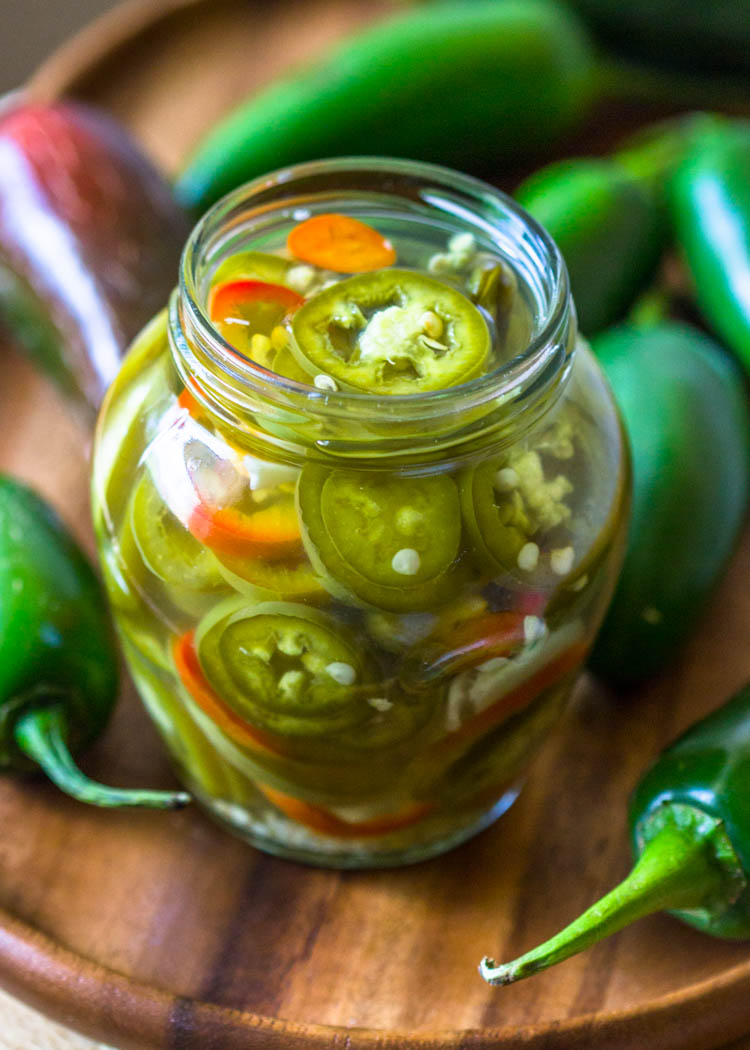
Quick 10 Minute Pickled Jalapenos | Gimme Delicious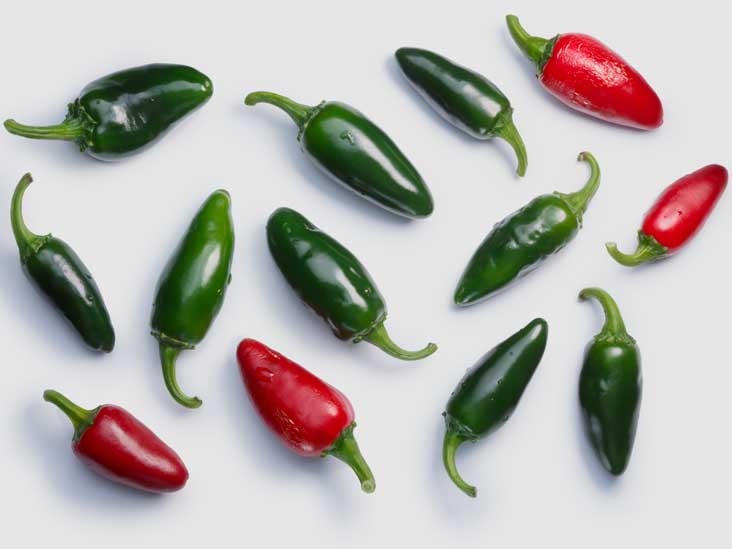
7 Surprising Health Benefits of Jalapeños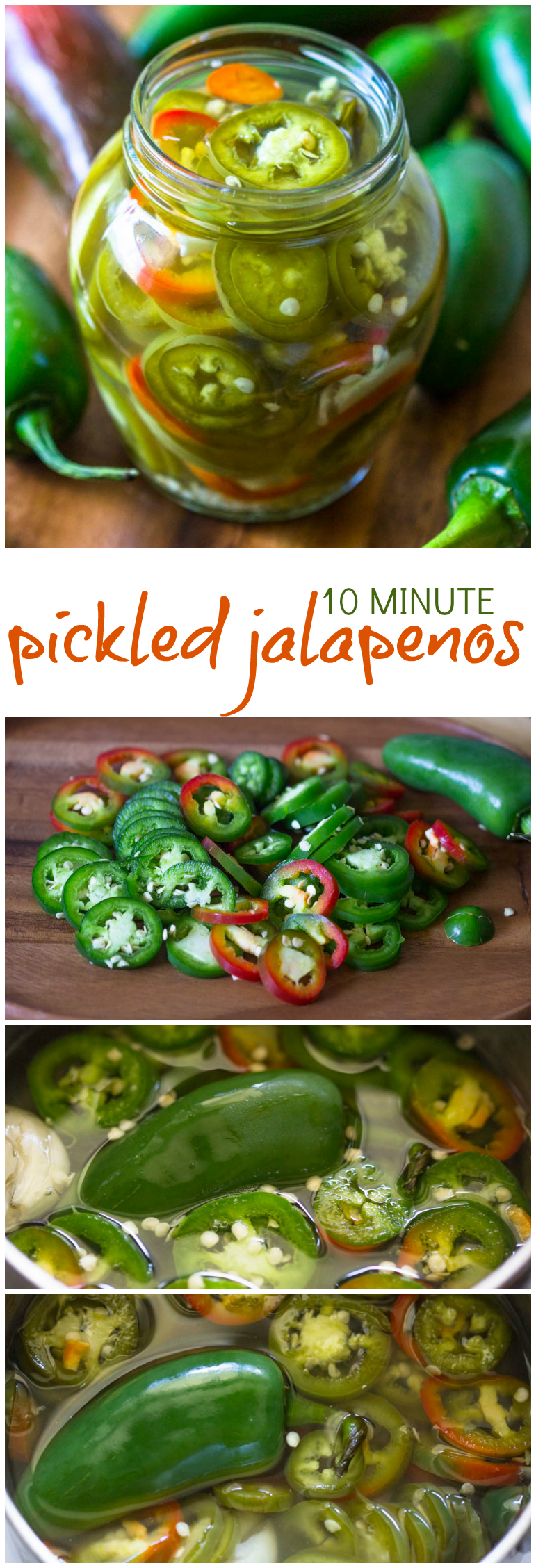
Quick 10 Minute Pickled Jalapenos | Gimme Delicious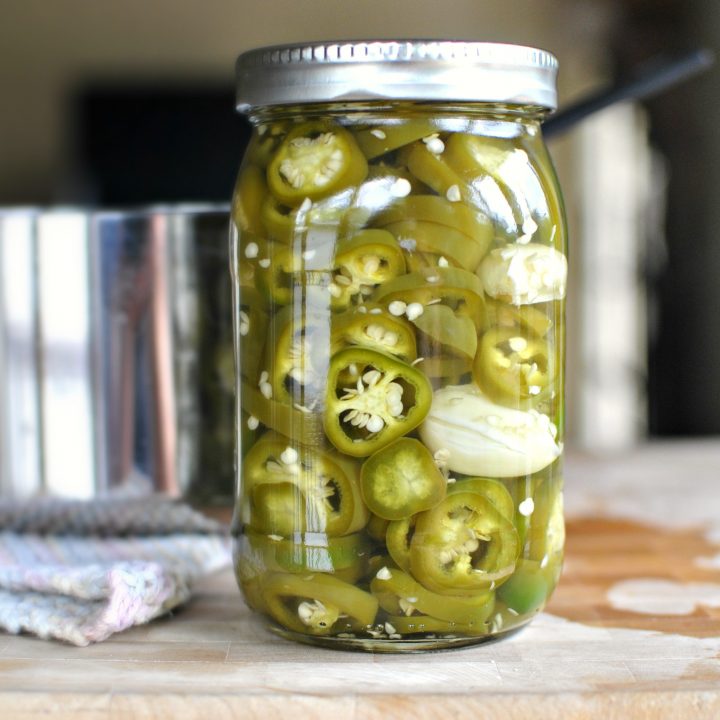
Easy Homemade Pickled Jalapeños - Simply Scratch
Nutritional Benefits of Jalapeños/jalapeno-peppers_annotated-89463e1b6f064c44b12786faf5b390f7.jpg)
Jalapeño Pepper Nutrition Facts and Health Benefits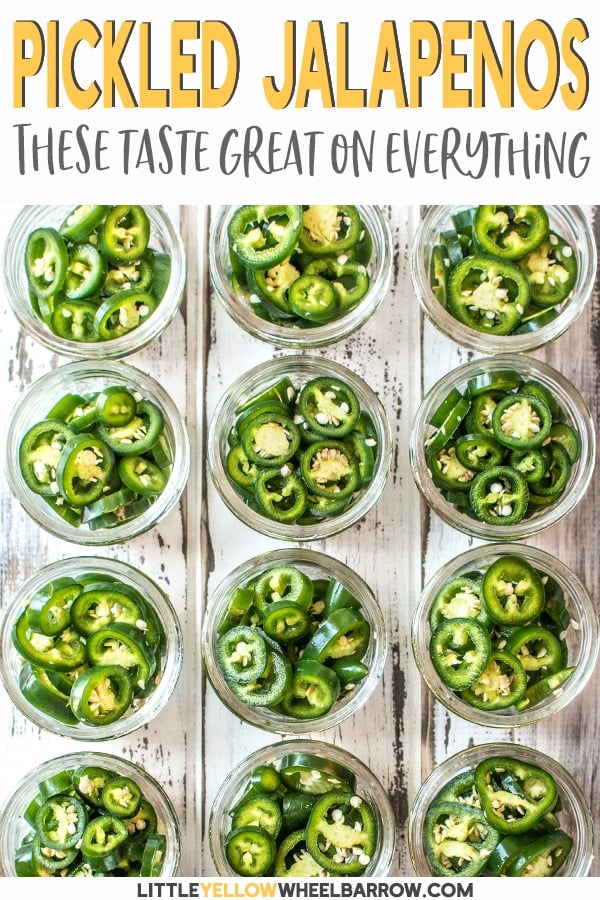
How To Pickle Jalapenos To Last You All Winter
Quick 10 Minute Pickled Jalapenos | Gimme Delicious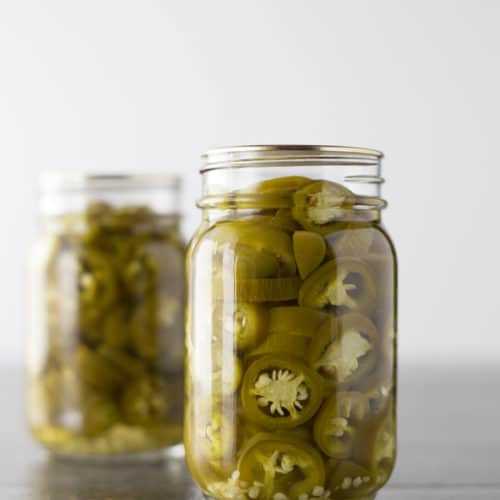
How to Pickle Jalapeños: Easy Canning Recipe - Cook Fast, Eat Well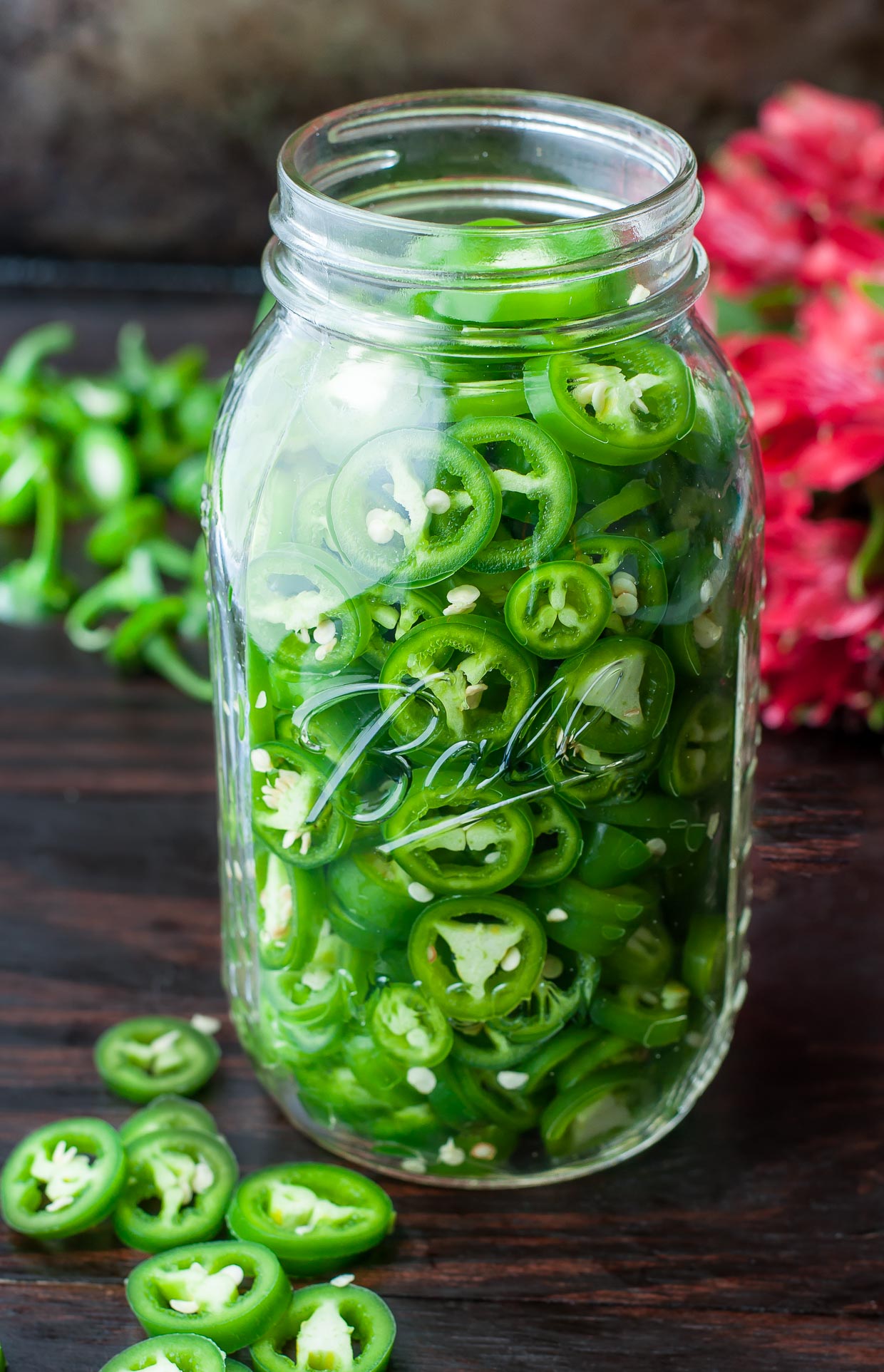
Quick Fridge Pickled Jalapeño Peppers - Peas And Crayons
Pickled Jalapeños Recipe - Love and Lemons
Easy Homemade Pickled Jalapeños - Simply Scratch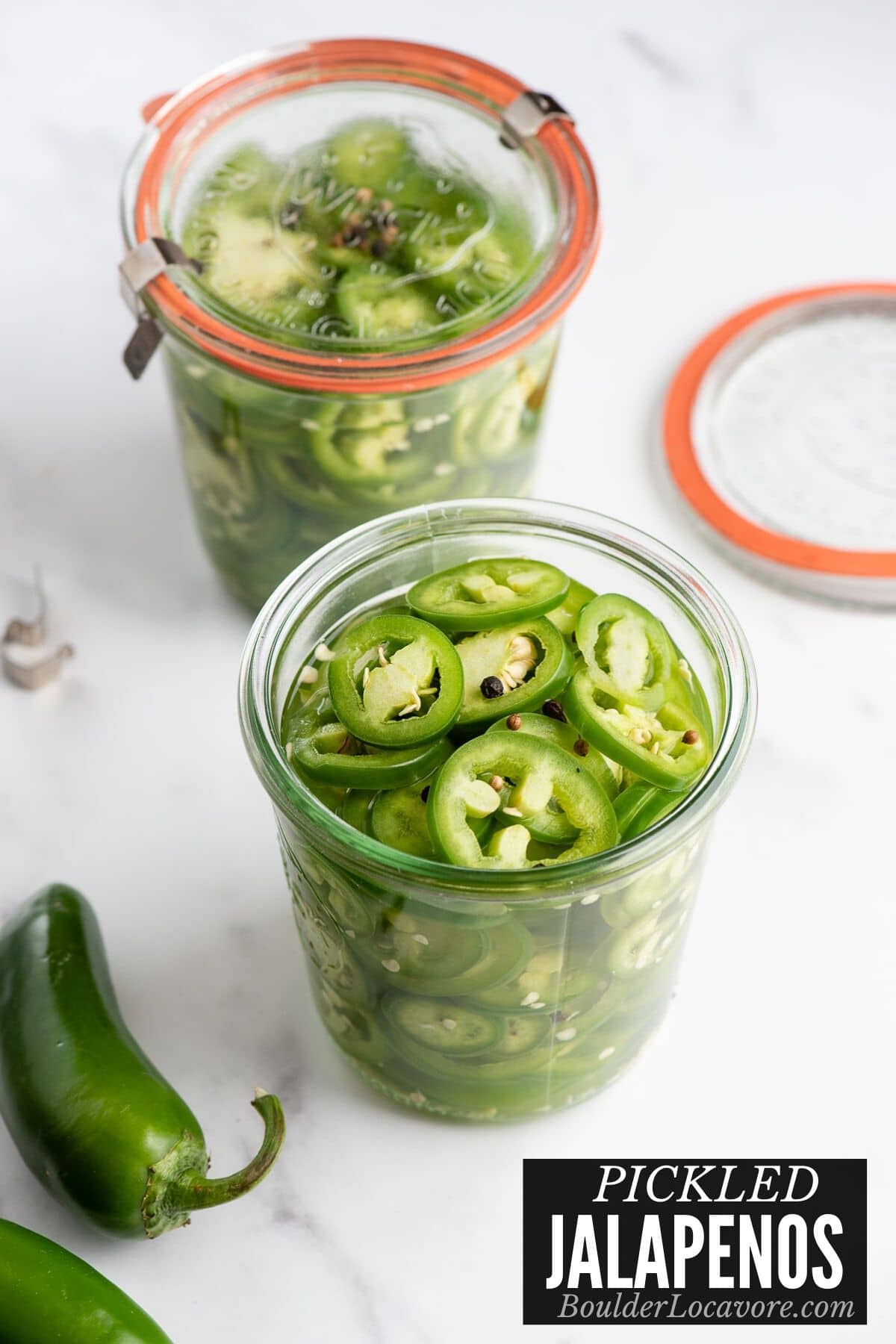
Easy Pickled Jalapenos Recipe - Quick & Easy | Boulder Locavore®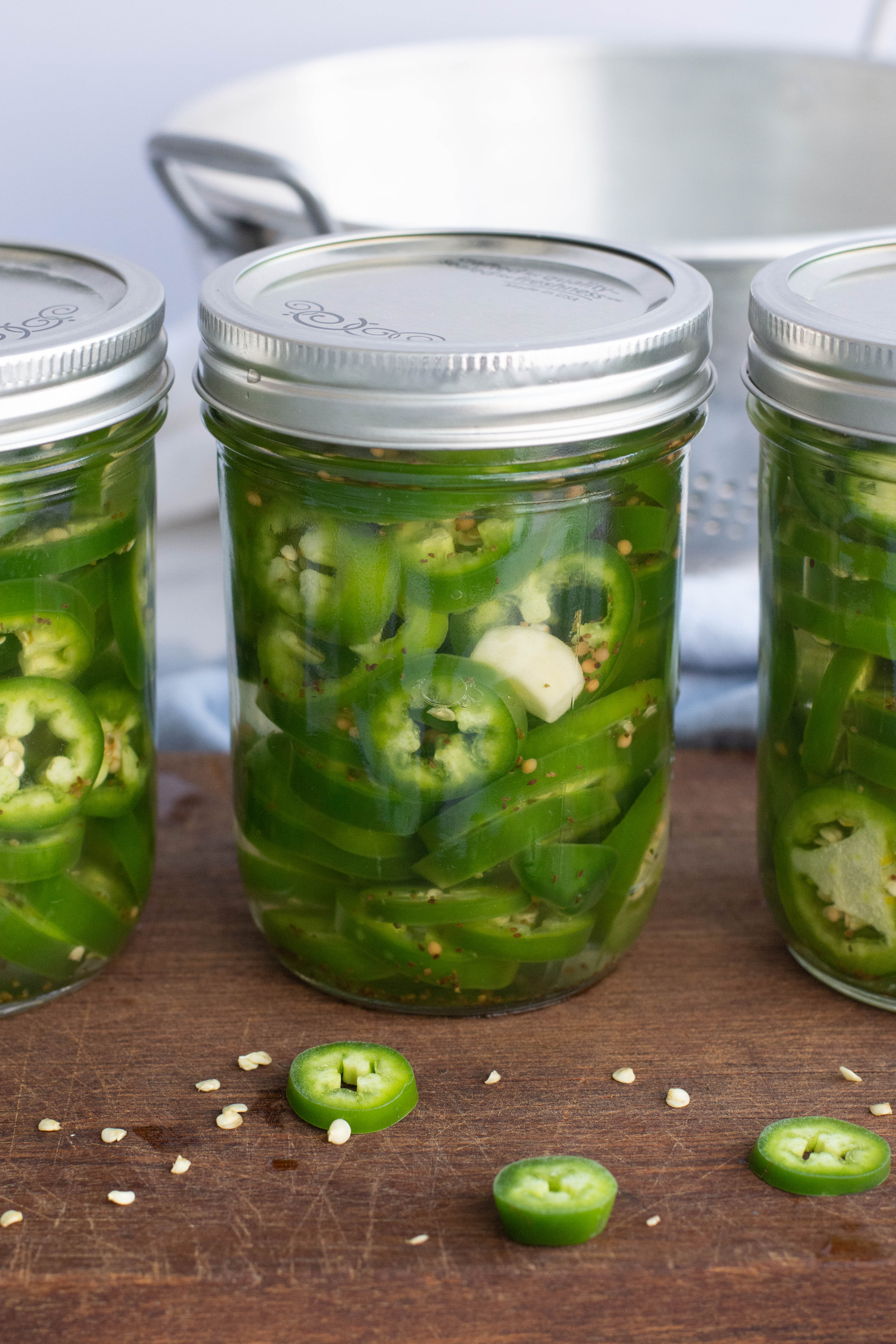
Crunchy & Sweet Refrigerator Pickled Jalapeños | The Adventure Bite
Easy Pickled Jalapeños - Savoring Italy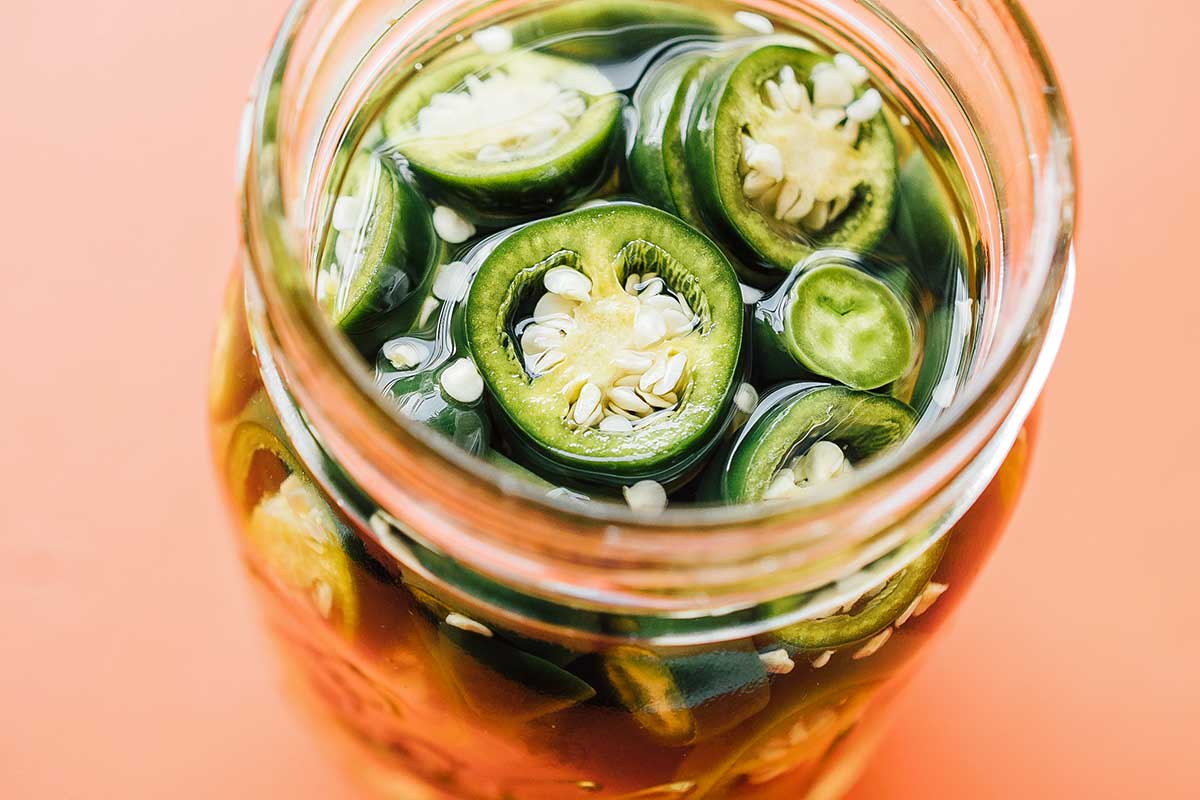
Easy Quick Pickled Jalapeños (10 Minutes Prep Work) | Live Eat Learn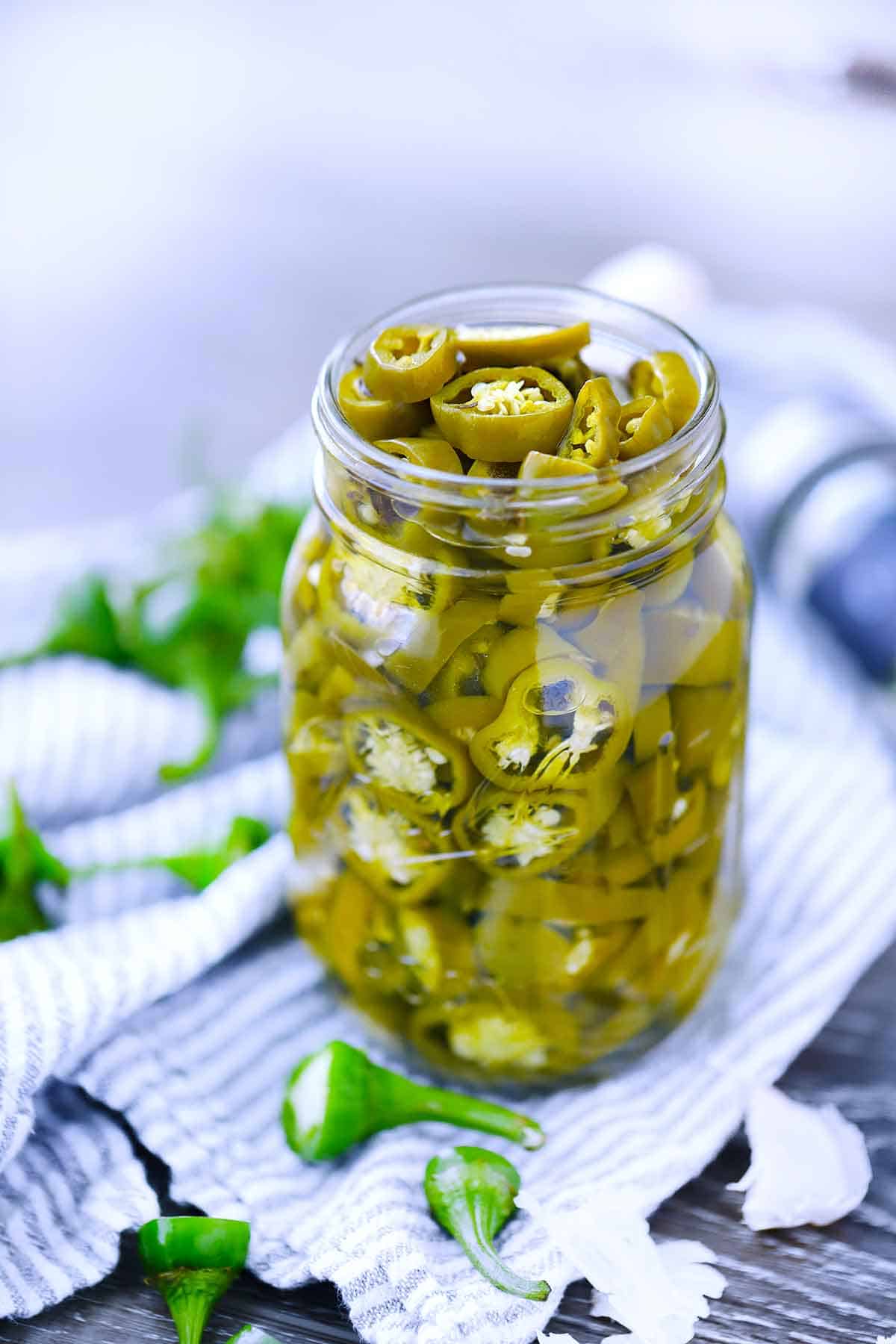
Quick Pickled Jalapeños (10 minutes prep!) - Bowl of Delicious
Quick Pickled Jalapenos {Fresh & Spicy!} - Spend With Pennies
How To Pickle Jalapenos To Last You All Winter
Quick Pickled Jalapeños - The Suburban Soapbox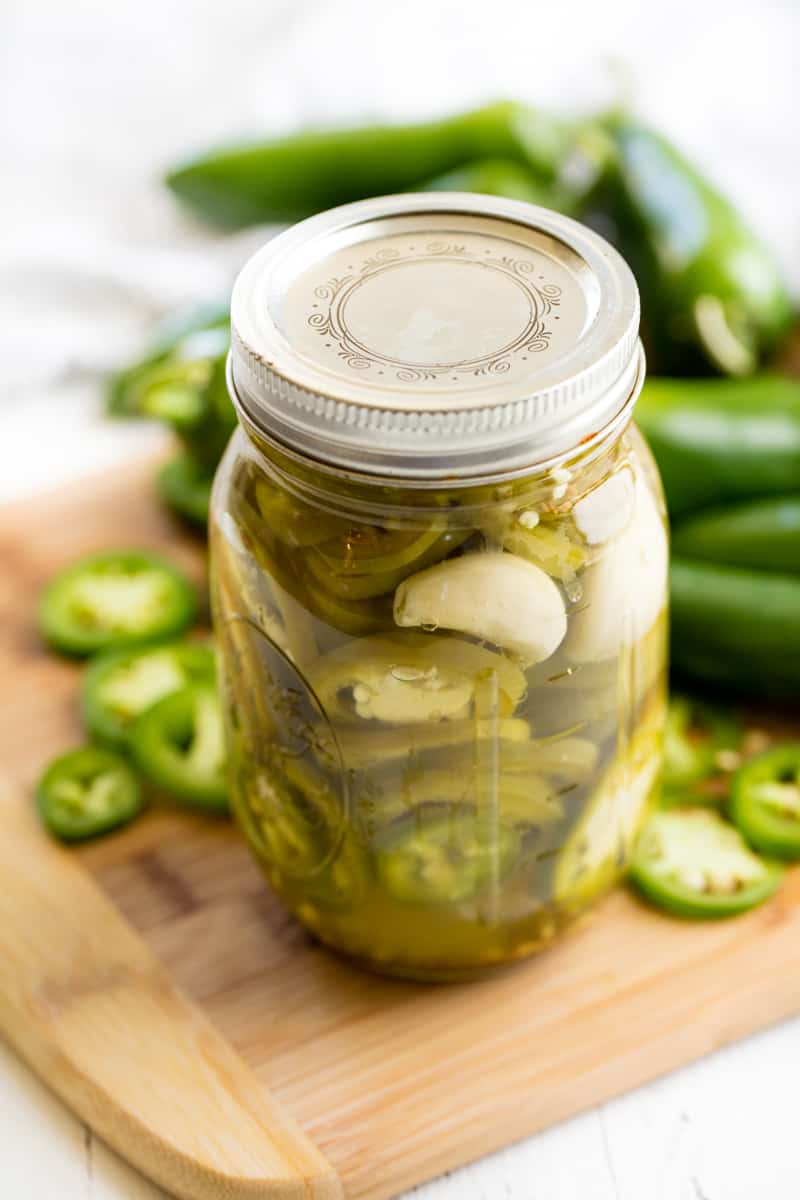
Pickled Jalapenos
Quick Pickled Jalapenos (easy, 10-minute recipe with canning tutorial)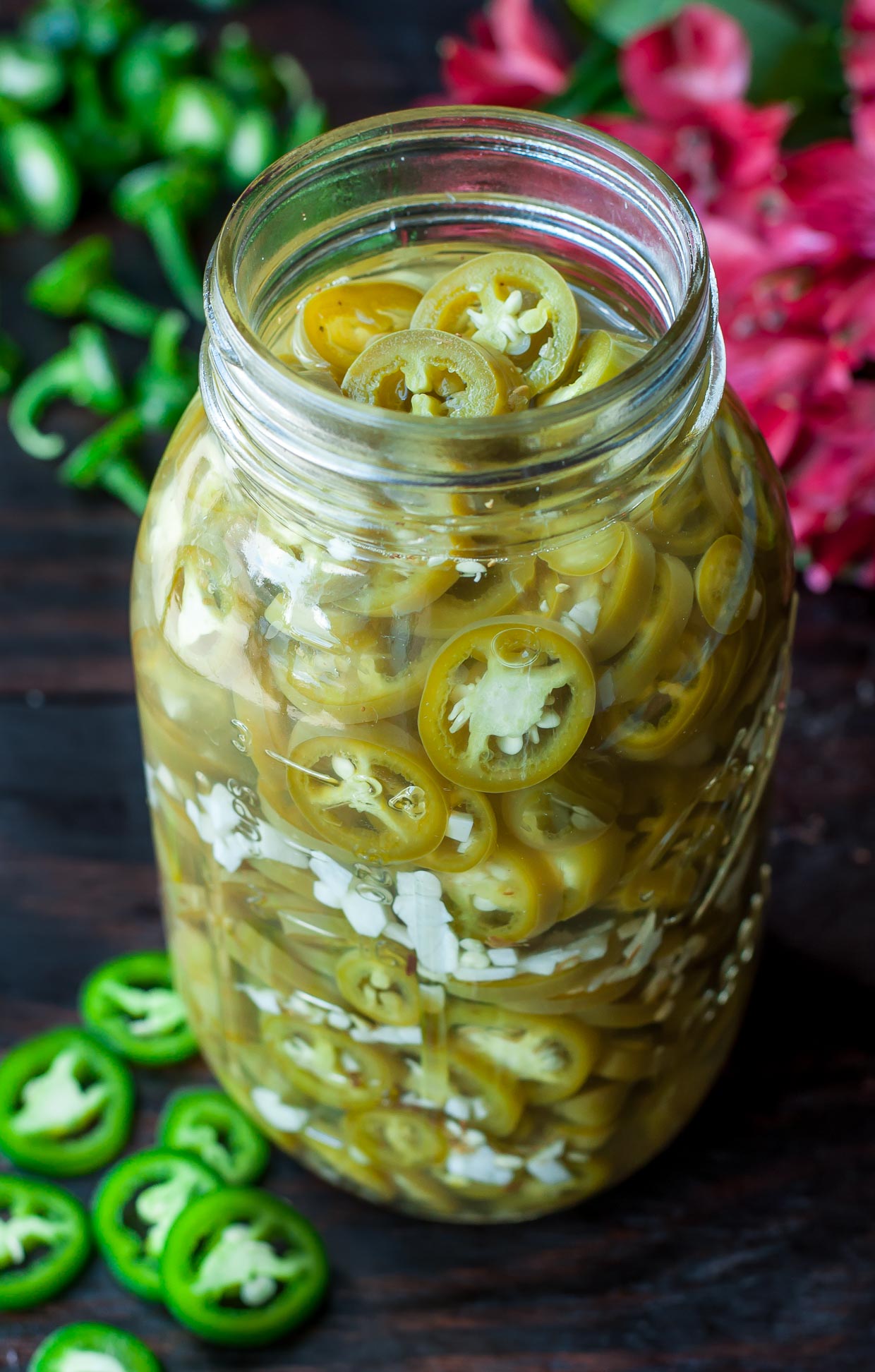
Quick Fridge Pickled Jalapeño Peppers - Peas And Crayons
Pickled Jalapenos - Chili Pepper Madness
Pickled Jalapeño Pepper Rings Canning Recipe
Quick Pickled Jalapenos (easy, 10-minute recipe with canning tutorial)
Easy Pickled Jalapeños - Savoring Italy
Fermented Jalapenos (Pickled Jalapenos, But Better)
Fermented Jalapenos (Pickled Jalapenos, But Better) | Recipe | Pickling jalapenos, Fermentation, Fermentation recipes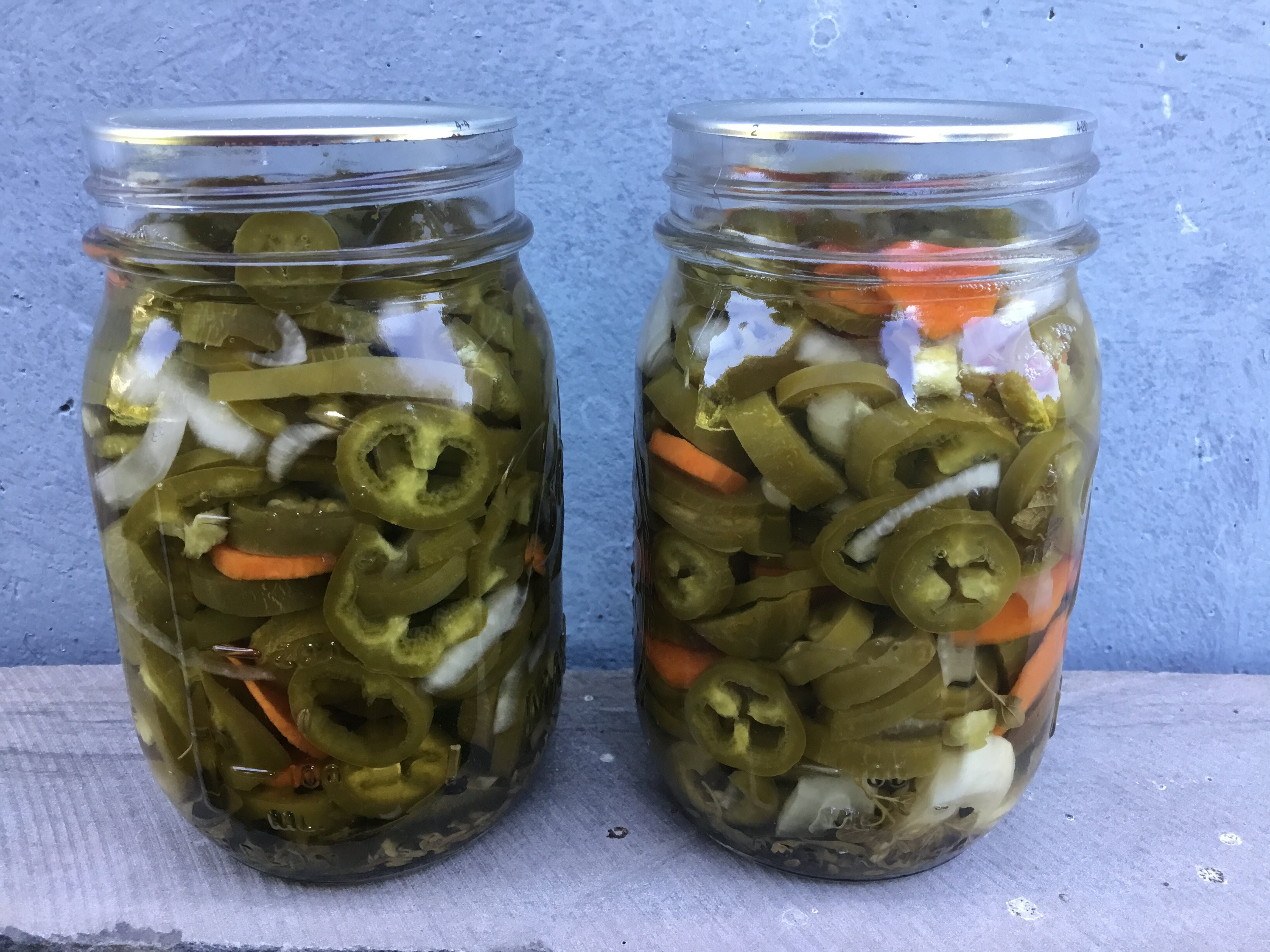
Mexican Pickled Jalapenos Recipe | Allrecipes
Pickled Jalapeños (Made in 10 Minutes!) – A Couple Cooks
Pickled Jalapeño Peppers Recipe from Rick's Garden to Yours! | My Life Cookbook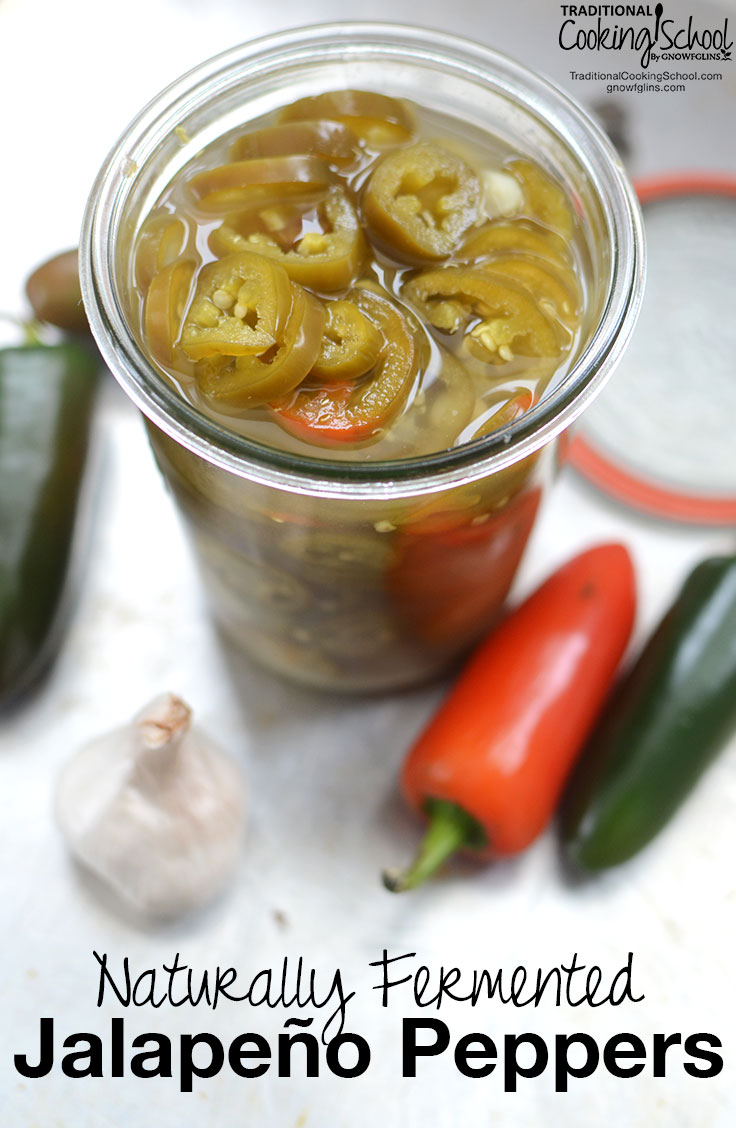
Naturally Fermented Jalapeño Peppers | Traditional Cooking School
Quick-Pickled Jalapeños Recipe - Chowhound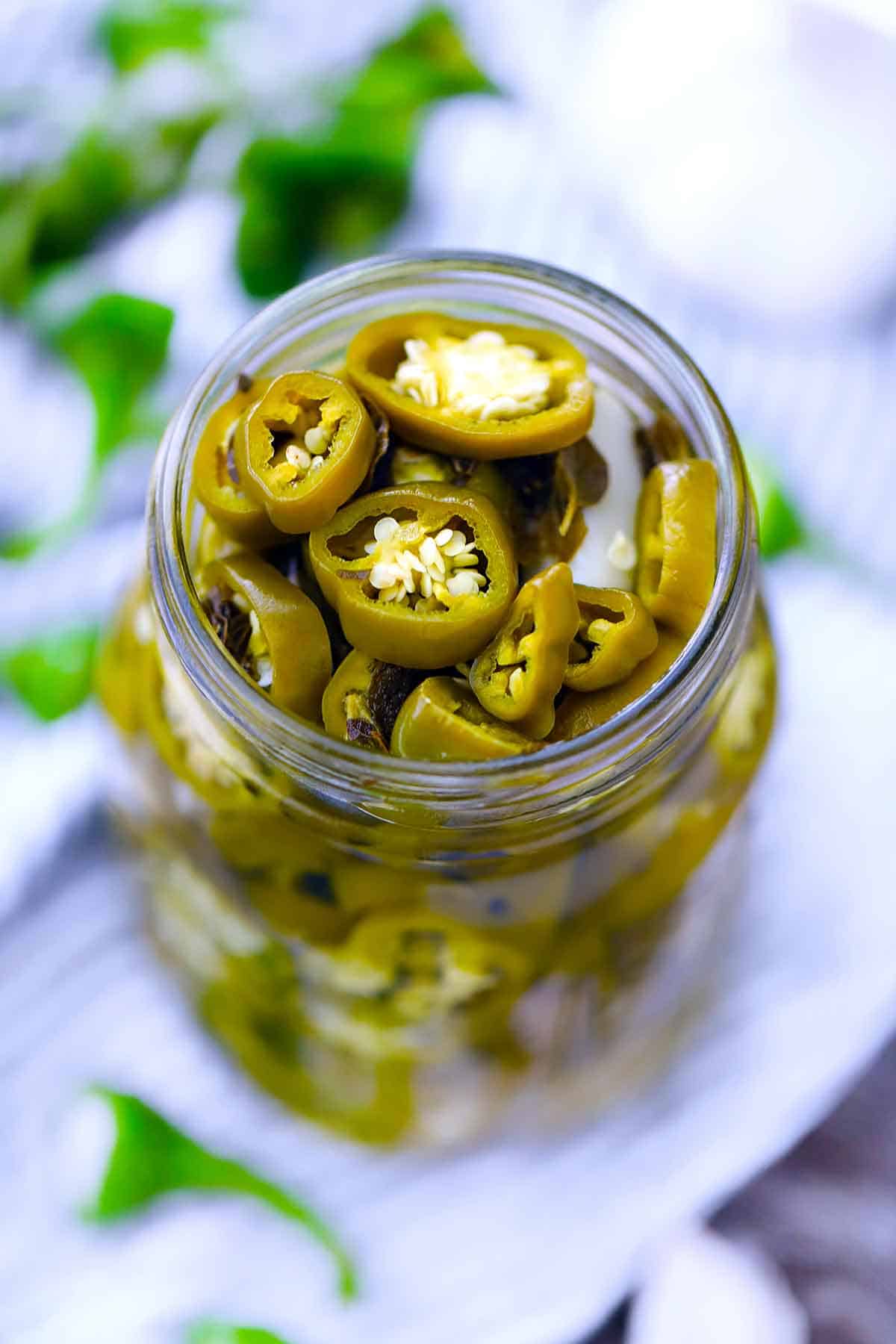
Quick Pickled Jalapeños (10 minutes prep!) - Bowl of Delicious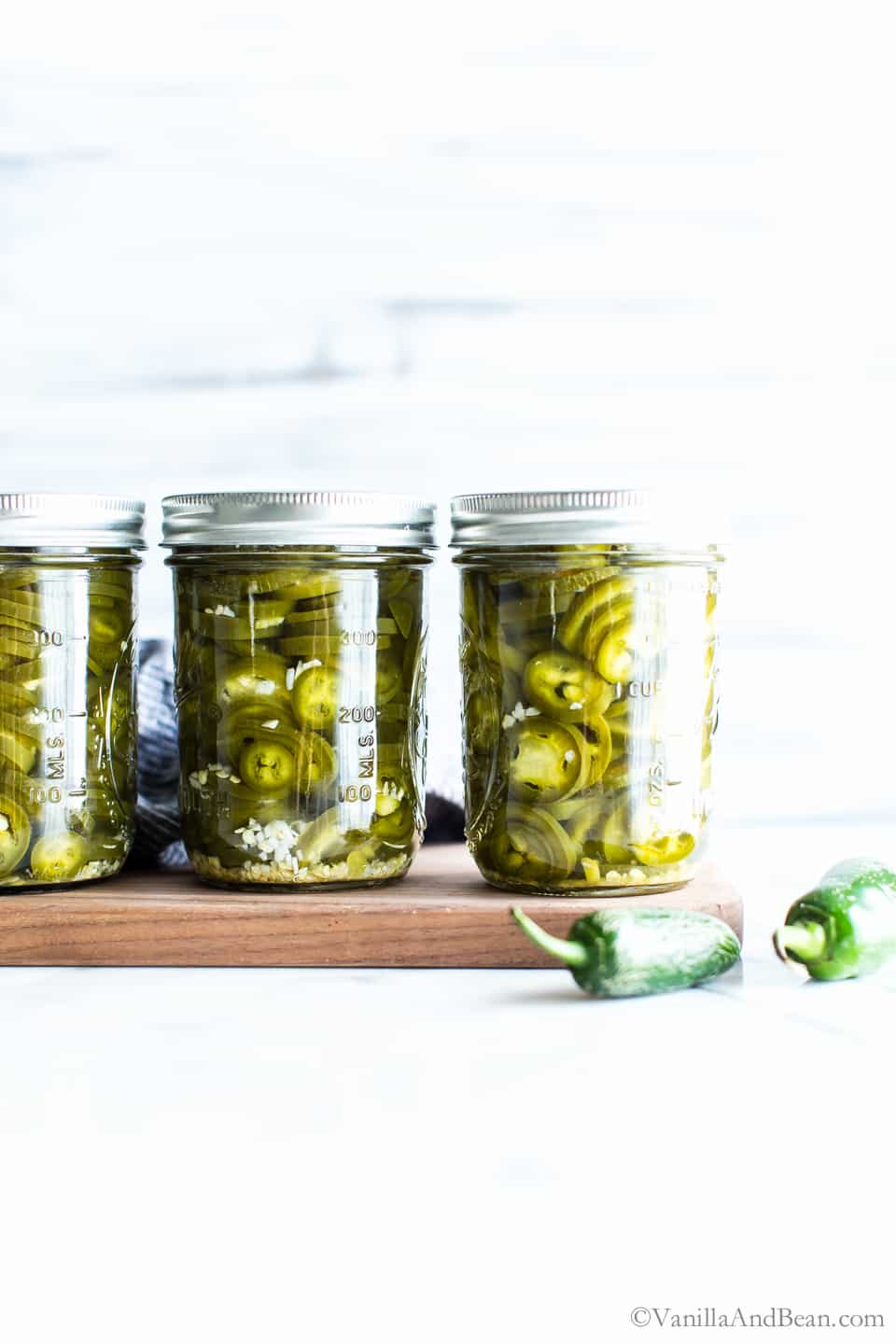
Pickled Jalapeño Peppers (quick or canned) | Vanilla And Bean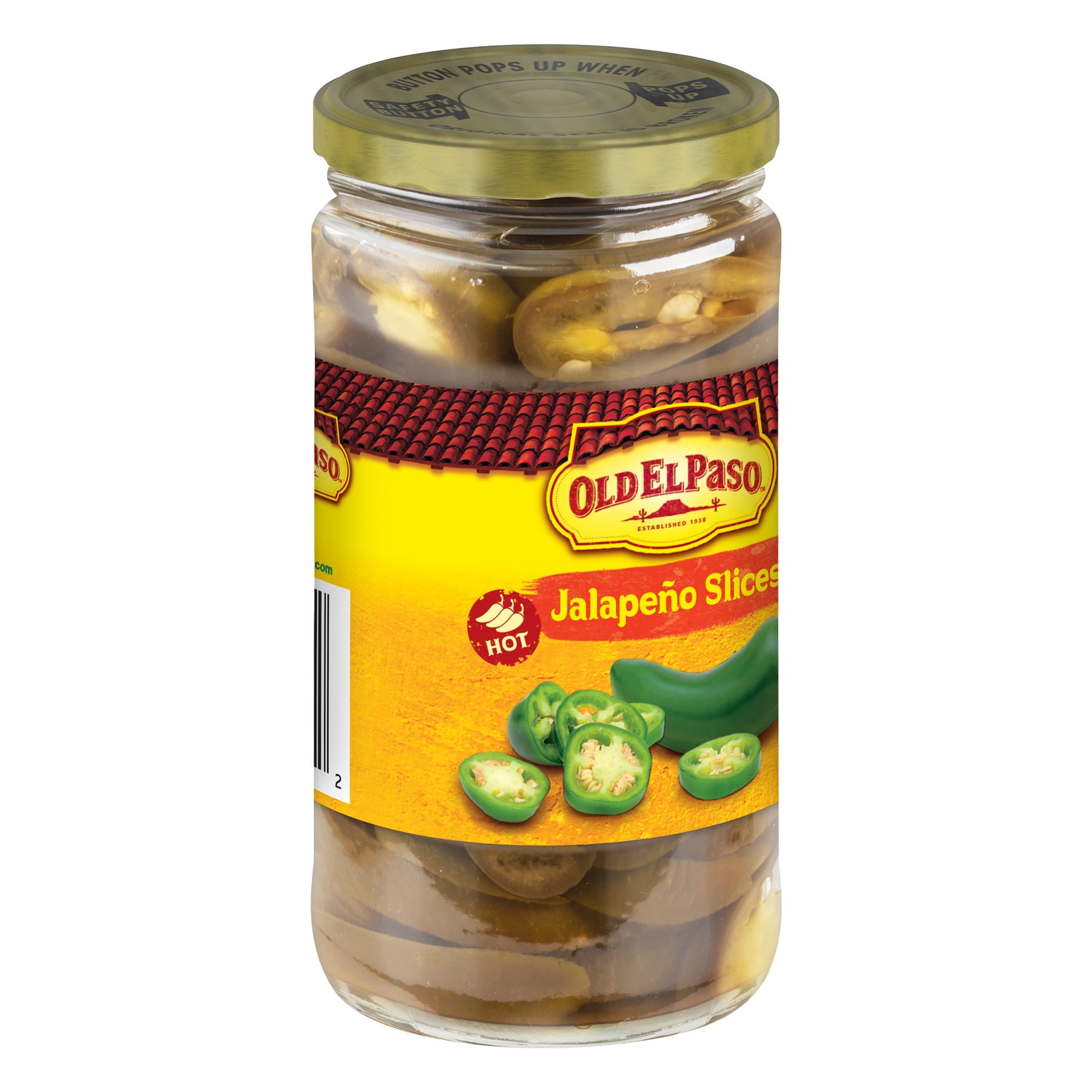
Old El Paso Pickled Jalapeno Slices, 12 oz Can - Walmart.com - Walmart.com
Pickled Jalapeño Vs. Fresh: PepperScale Showdown - PepperScale
Candied Jalapeños (a.k.a Cowboy Candy) – The Fountain Avenue Kitchen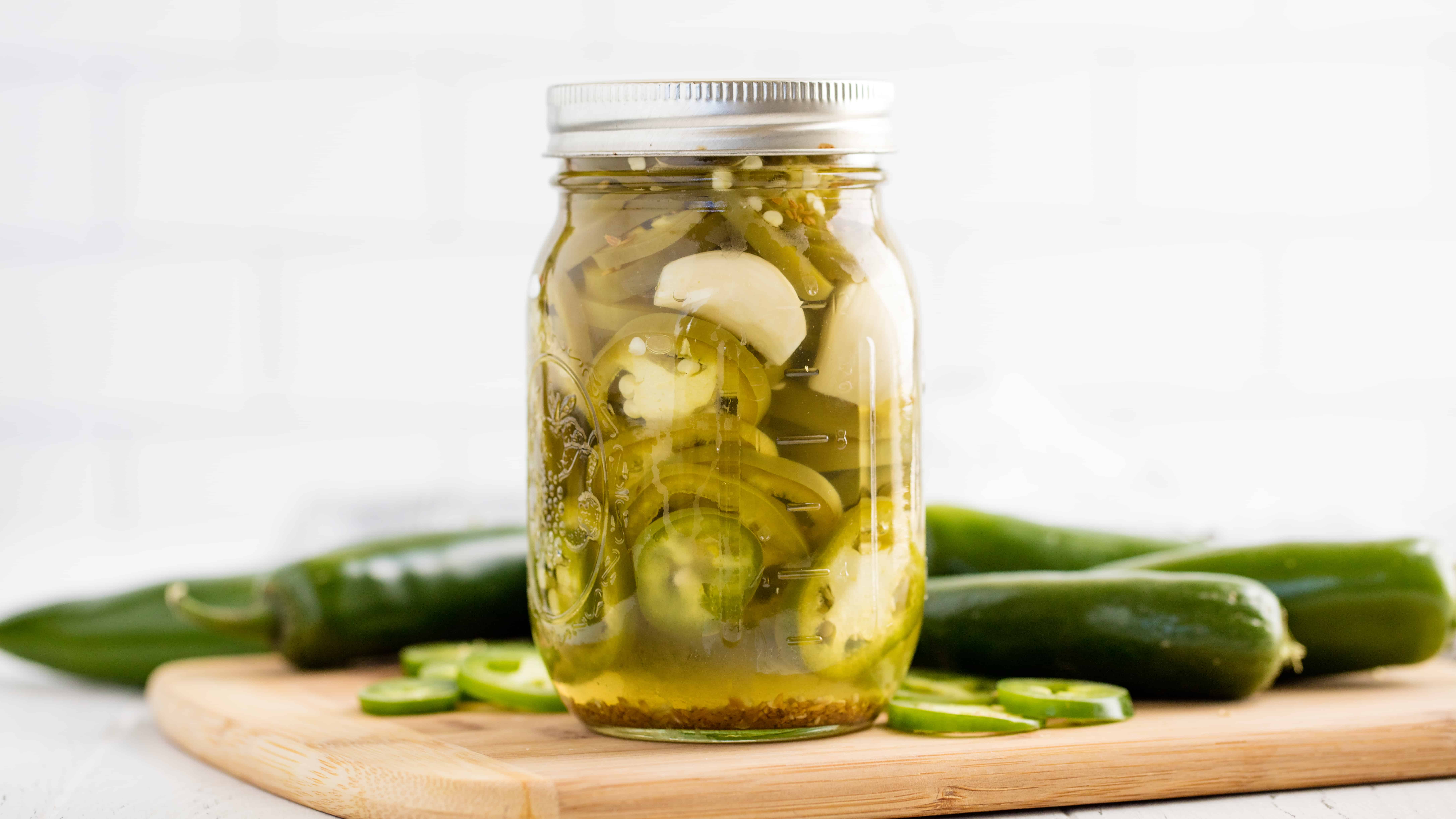
Pickled Jalapenos
 Jalapeno peppers: plain versus pickled - Healthy Canning
Jalapeno peppers: plain versus pickled - Healthy Canning




/jalapeno-peppers_annotated-89463e1b6f064c44b12786faf5b390f7.jpg)

































Posting Komentar untuk "are pickled jalapenos good for you"